A microSD card for your Android phone lets you easily move your files, photos, and music from device to device without having to rely on steady Wi-Fi or costly data. An Android microSD card also lets you load your phone up with more apps, music, and movies, which is especially useful if your device doesn't come with a lot of internal storage. But which ones are the best? Here's a good selection from which to choose.
Best blend
SAMSUNG (MB-ME32GA/AM) microSDHC EVO Select
Staff Pick
This is our preferred card because it's reliable, fast, and goes on sale frequently. And it offers blazing fast speeds at up to 100 MB/sec. read and 90 MB/sec. write.
Ultra affordable
SanDisk 128GB Ultra MicroSDXC
SanDisk has more powerful cards, but the Ultra is the right answer for most, offering up to 100MB/s read speeds.
Go pro
PNY 64GB PRO Elite Class 10 U3 microSDXC
This card is an excellent choice for power users who intend to use the card for storing app data and recording 4K video.
For constant use
Samsung PRO Endurance 32GB Memory Card
Ideal for loop recording in dash cams and security cameras, this card is also excellent for memory-strapped phones.
Best for 4K video
Lexar Professional 1000x 256GB microSDXC
While it's expensive, this fast card is perfect for shooting lots of 4K video and storing lots of game data, thanks to that V60 speed classification.
High-capacity options
SanDisk 32GB Extreme
Optimized for apps, you can snag this card in up to the ludicrously massive 1TB if you need to hold your entire digital life.
Heavy duty
SanDisk High Endurance
If you like to take your phone to the ski slopes, beach, or if you drop it a lot, this card is made to withstand the harshest conditions.
From $10 at Amazon From $11 at Best Buy From $10 at B&H Photo
Super resistant
Verbatim Premium microSD Card With Adapter
With V10 video class speed and up to 80MB/s read/write speed, this card can stand up to the elements.
From $6 at Amazon $25 at Walmart
Withstand the elements
Netac 32GB microSD Card
This ultra-rugged card can withstand just about anything, from water to shock, extreme temperatures, and even X-ray radiation.
What do all these classes mean for your card?
There are many different specs used to classify microSD card speeds, and most cards have at least two of these classifications and the straight read/write speeds listed for the card. So here's your cheat sheet to these formats and which ones are better than others:
- Video Speed Class: Indicated by a stylized V followed by numbers from 6 to 90, this class is one of the newer classification systems and was developed specifically for shooting ultra-high-definition video. For example, V30 starts at 30MB/s write speed, V60 starts at 60MB/s write speed, and V90 starts at 90MB/s, but unless your phone shoots 8K video, you probably don't need a V90 card.
- UHS Speed Class: Indicated by a 1, 2, or 3 inside a U, this class is still used on most cards today. U1 starts at 10MB/s write speed, U3 starts at 30MB/s write speed, and both are perfectly adequate for most Android phones.
- Speed Class: Indicated by a number inside a C, this was the original classification system for SD cards. Class 10 was as high as this class went, 10 MB/s write speed, and practically every card worth buying today is well beyond this speed at this point, so it's not as helpful an indicator of power/quality these days.
You may notice that all of these specs focus on write speed — that tends to be the lower of the two rates on an SD card — so if you see a card with a "transfer" speed of 100MB/s but only a U3 class, chances are that card has a read speed of 100MB/s and a write speed of 30MB/s.
For most users who just want to use a microSD to store app data, music, and movies for offline playback, you'll be perfectly fine with a U1 or U3 card like the Samsung EVO Select. However, if you're someone who intends to use a microSD card for shooting copious amounts of photos or 4K video, you might want to spring for a U3/V30 (30MB/s) or V60 card, such as the Lexar Professional 1000x.
Check your phone before you buy
Like just about everything else in a phone, manufacturers have to license specific software for certain microSD card formats to work in their devices, and that's why some phones like the Galaxy Note 10+ say they take up to a 1TB card. In contrast, other phones might only say they take up to a 128GB card.
In most cases, you can stick a 256GB card in a phone only rated for 128GB and be fine, but I generally try to stick to the rated sizes when it comes to Android micro SD cards so that if something goes wrong, support can't blame you for using too big of a card. And unless your phone specifically says it can take a 1TB card, don't waste your money on one, as capacities that high do need a phone rated to handle them.
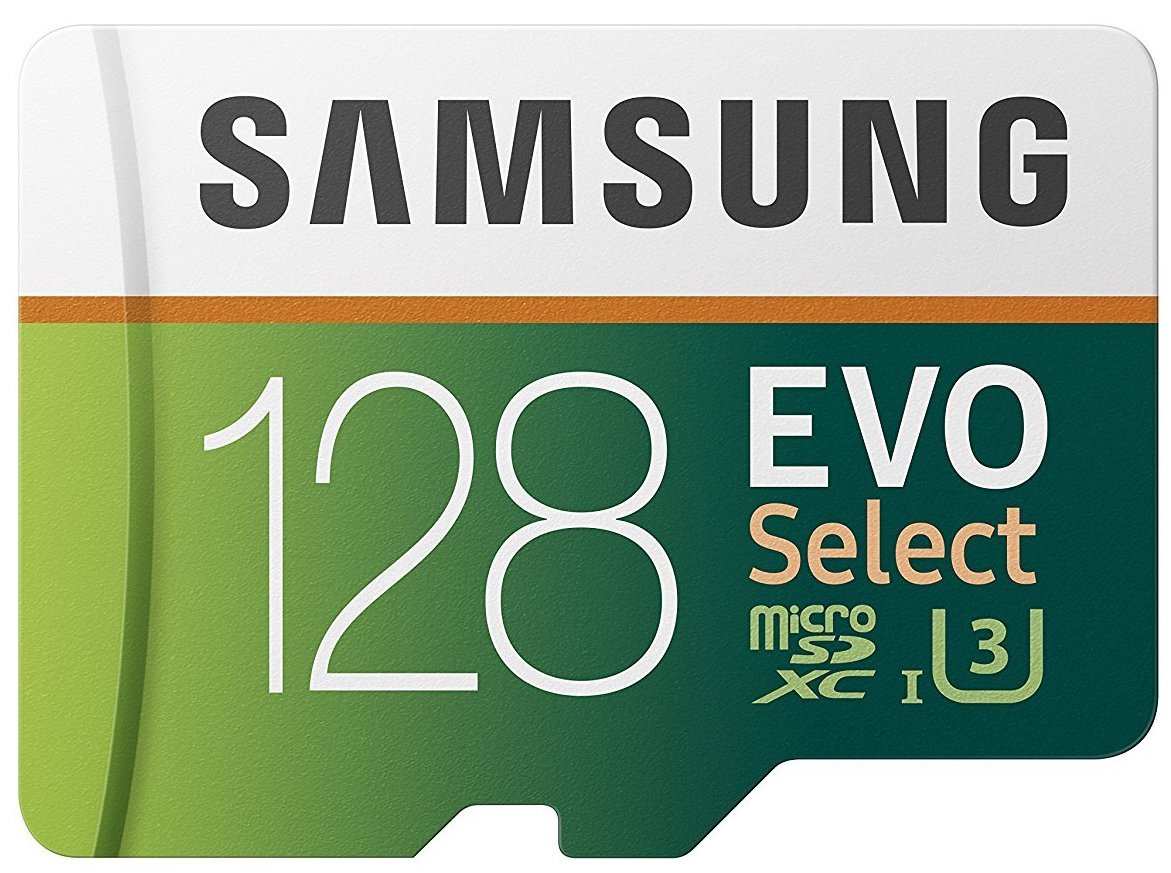
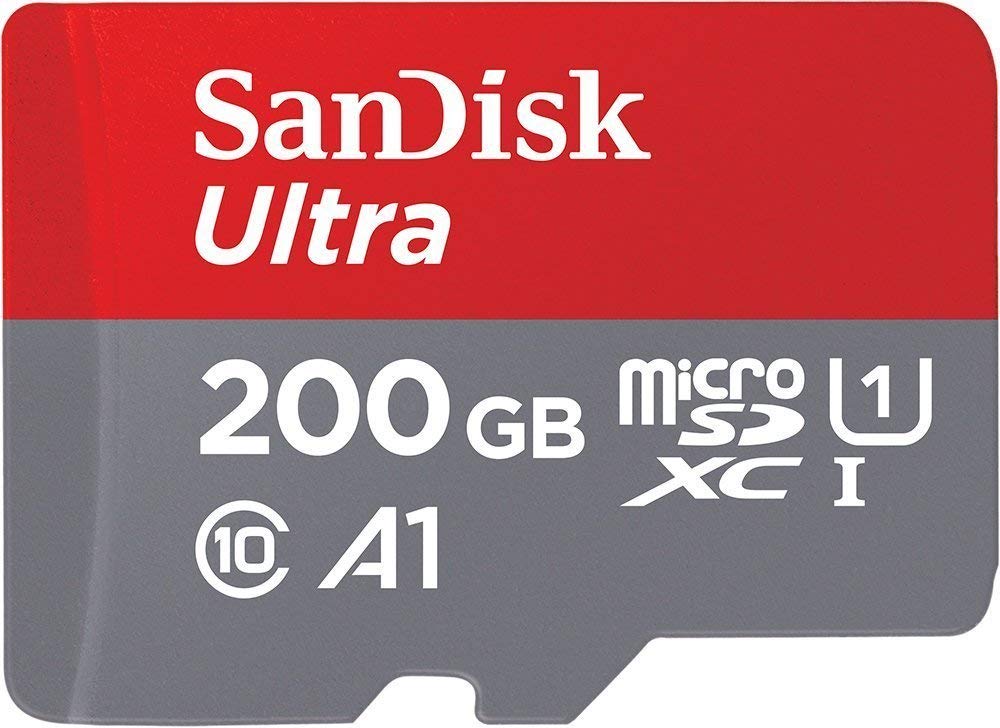
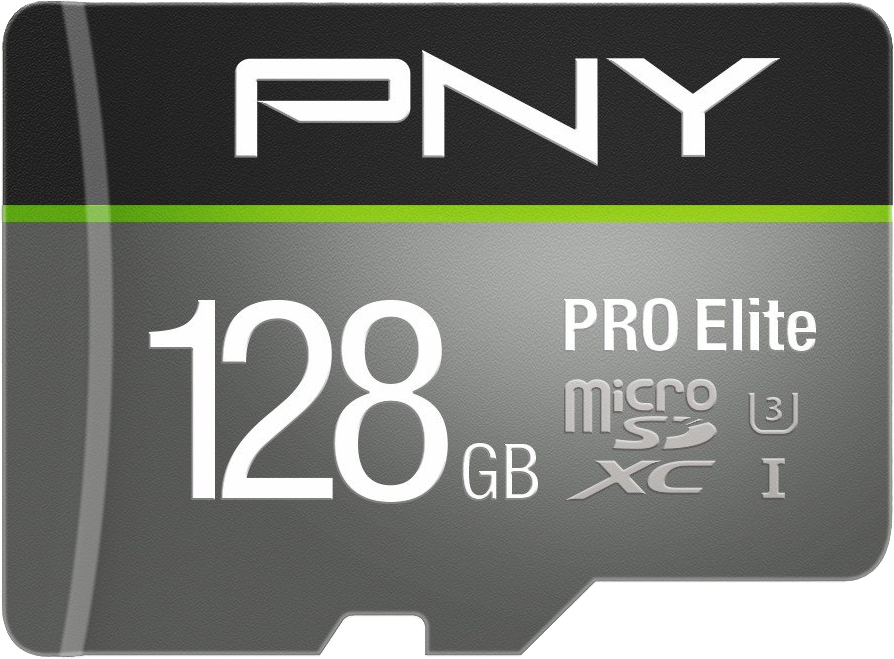
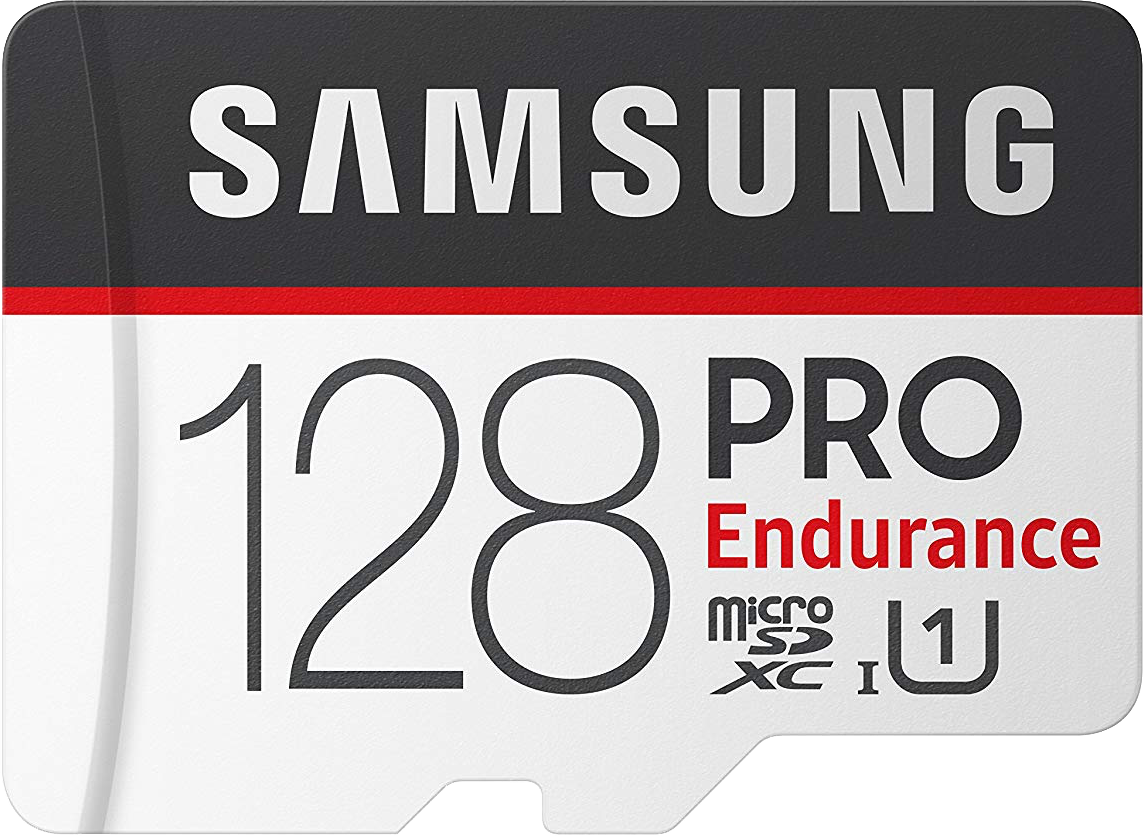
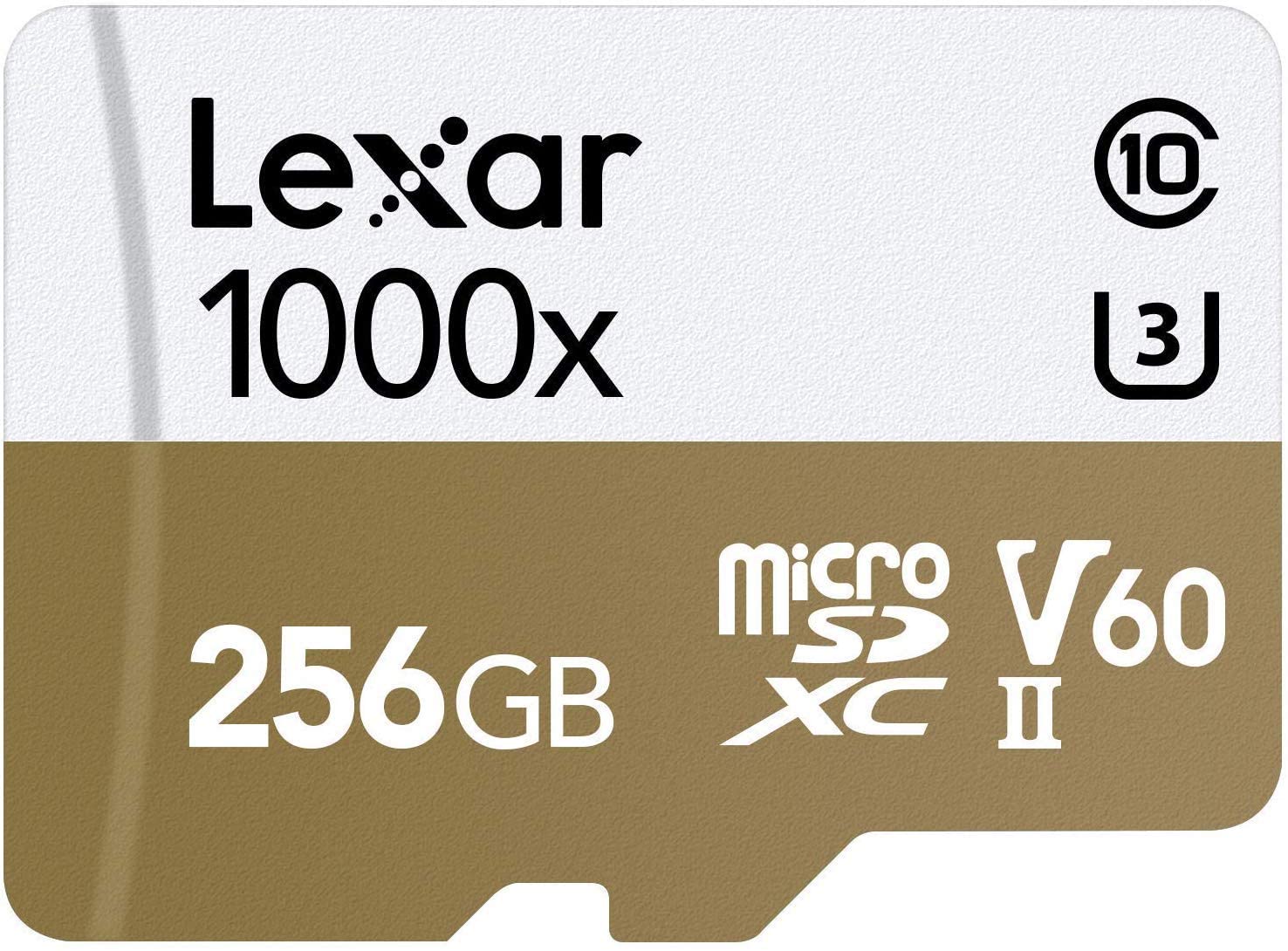
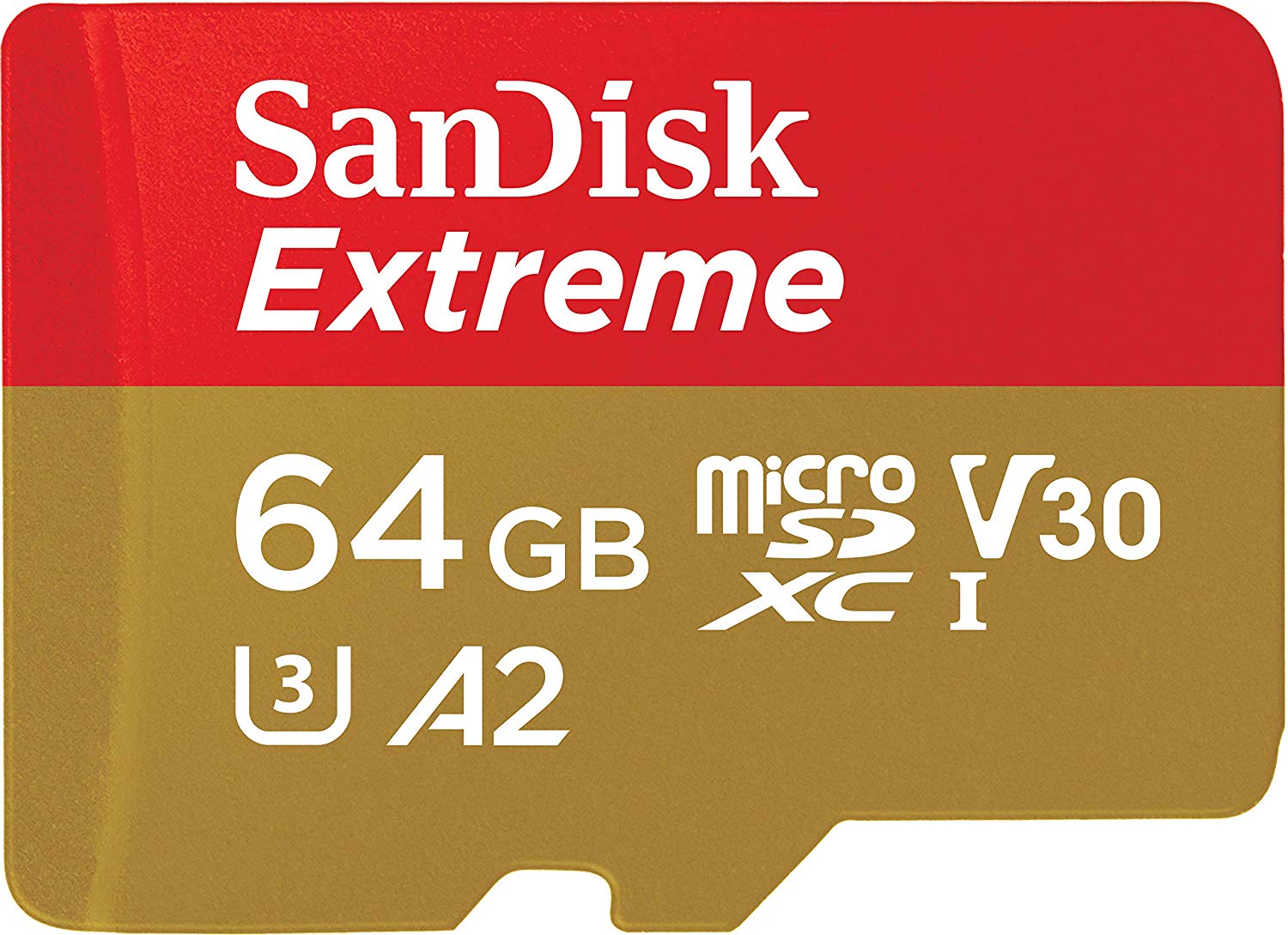
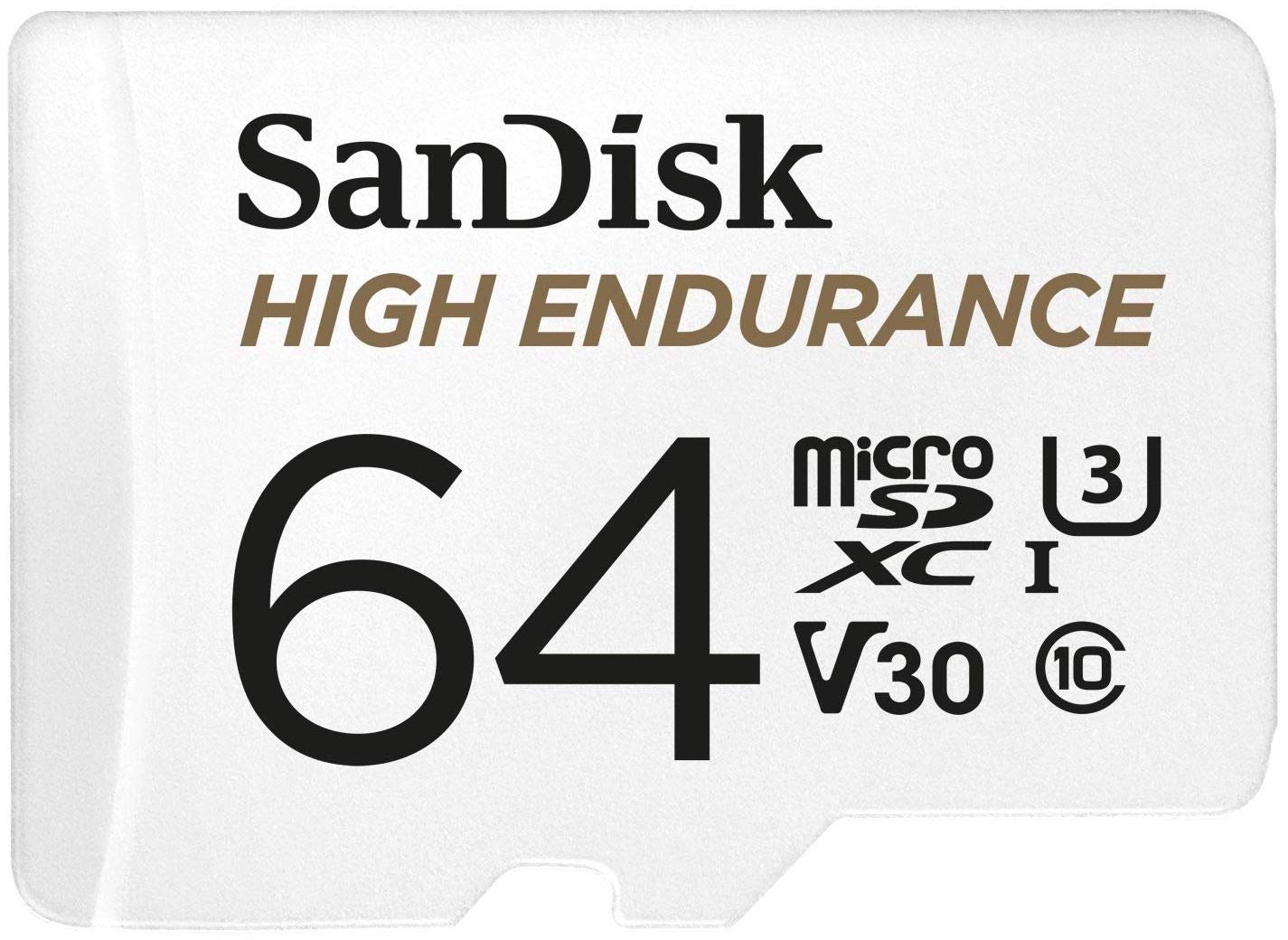
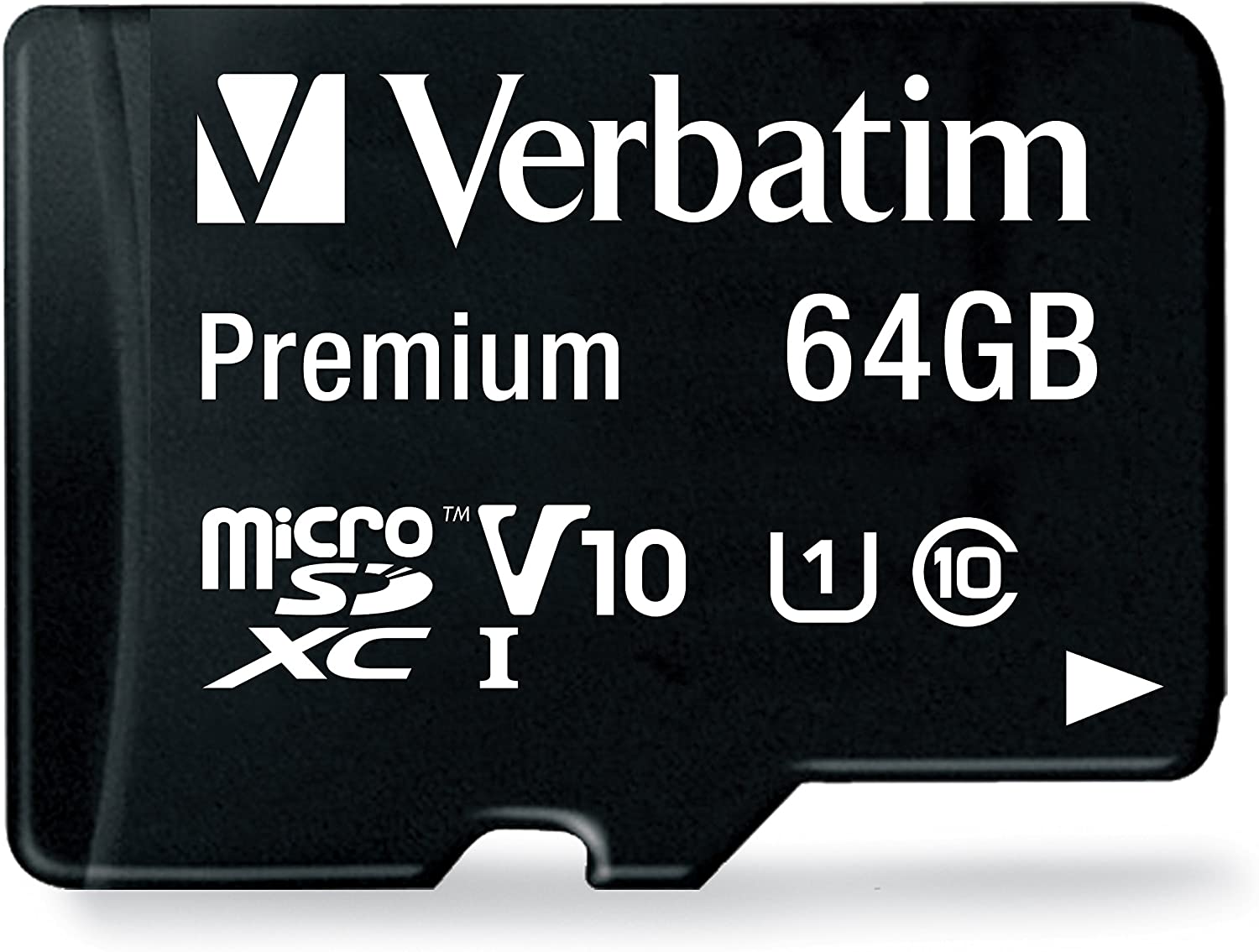
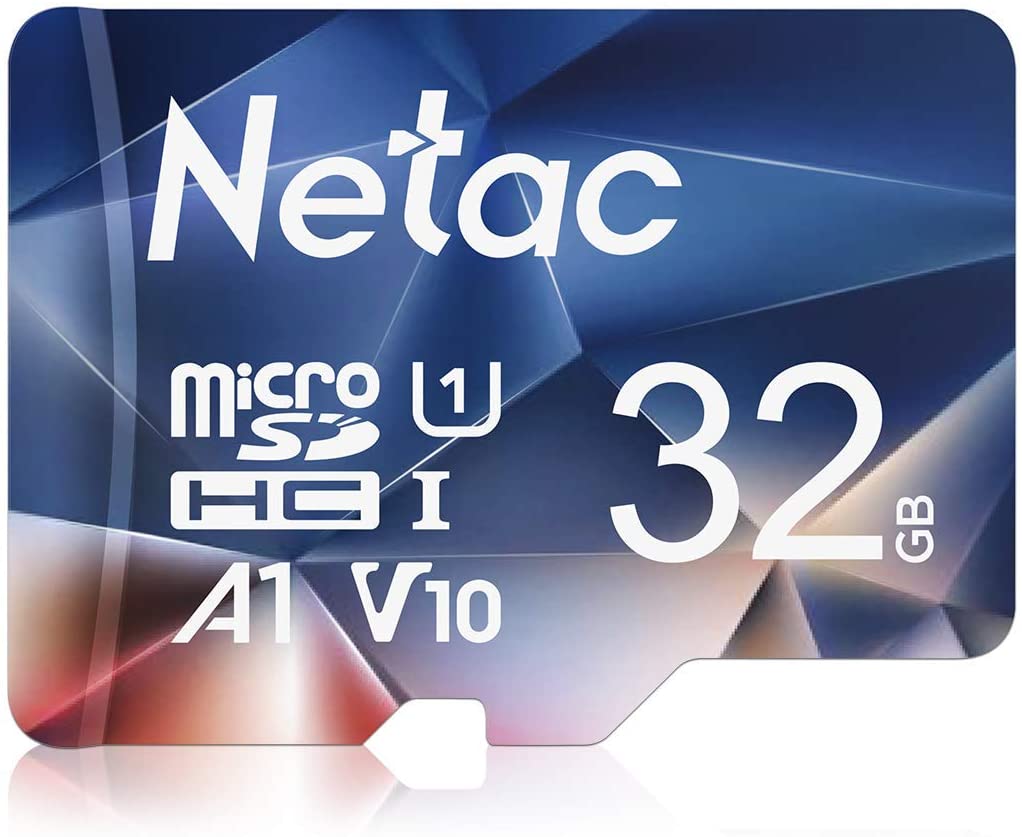
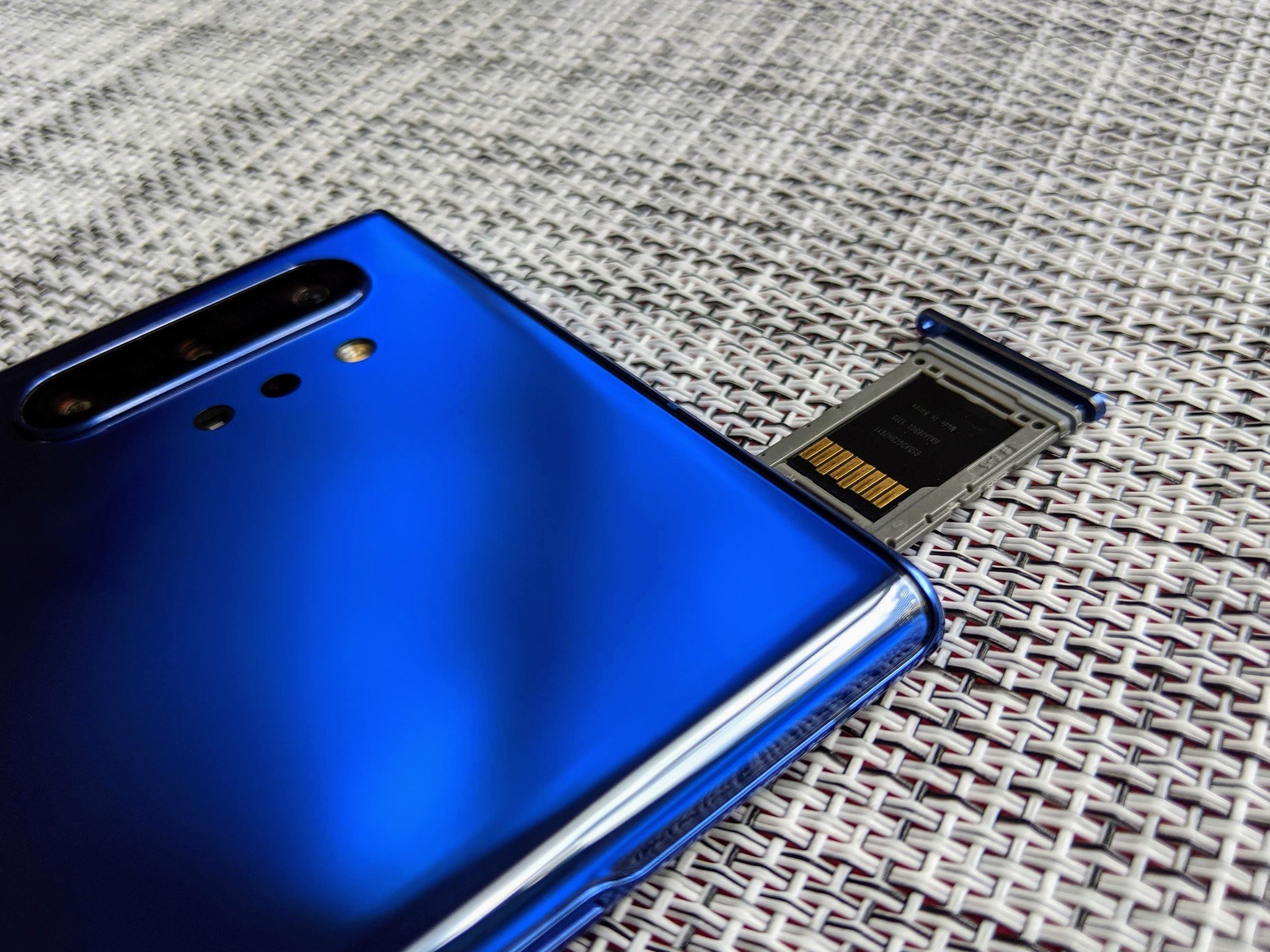
Tidak ada komentar:
Posting Komentar